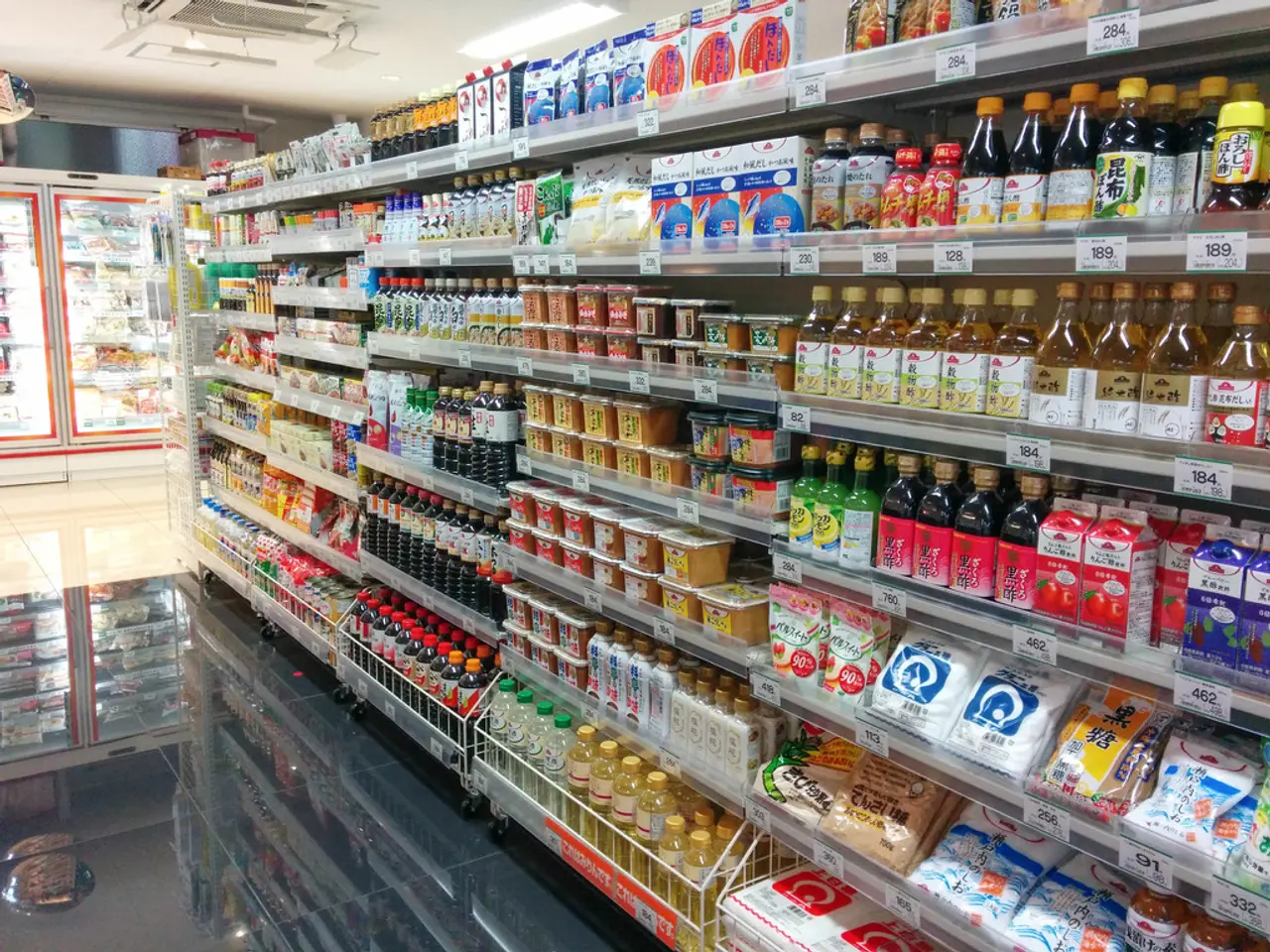Sky-high expenses, nowhere to be found: inflation eluding scrutiny
The implementation of Donald Trump's tariffs has led to noticeable increases in prices and economic uncertainty, contributing to inflationary pressures. However, the overall inflation impact has been partly delayed and mitigated as of mid-2025.
Key points from the available information are:
- Price increases and inflationary pain are already being felt by consumers and businesses. The tariffs and the resulting uncertainty have created additional hidden economic costs, causing delays in consumer decisions and cautious business behavior.
- Some analysts suggest that tariffs have not caused U.S. inflation to "soar" dramatically. Factors such as mitigation through trade deals, phases of tariff implementation, changes in tariff rates, and overall economic conditions have played a role in this. The situation remains dynamic with ongoing trade negotiations with countries like Japan, Korea, and India, which have introduced periods of tariff de-escalation or delay.
- Tariff revenue data shows substantial collections, indicating significant import costs being passed through. However, this revenue makes up a small portion of the federal deficit, highlighting that tariff impacts are only part of broader fiscal dynamics.
- The economic uncertainty caused by tariffs also contributes to suppressed investment and hiring, which can indirectly moderate immediate inflationary spikes but potentially slow growth and productivity.
In summary, Trump's tariffs have caused observable price increases and inflationary pressures, but these effects are combined with delays and some mitigation due to policy uncertainty and ongoing negotiations. The impact is visible but not fully sharp or immediate, consistent with complex trade dynamics and economic conditions into mid-2025.
Notable companies like General Motors, Walmart, and Nike have reported increased costs due to tariffs, with GM estimating a $1.1 billion loss in the last quarter and Nike expecting a $1 billion increase in costs this year. These increased costs will eventually be passed on to consumers, reflected in inflation statistics.
Core inflation, excluding volatile elements like food and energy, rose from 2.8% in June to 3.1% in July, suggesting an upward pressure on prices. For the month of July, the U.S. government collected $28 billion in taxes on imported products, further evidence of the increased costs being passed through.
While the fears of a strong inflationary surge caused by tariff hikes have not materialized yet, it is important to note that the effects of tariffs on inflation may be more delayed than anticipated. Companies will have to decide whether to reduce their profit margins or raise their selling prices to offset the increased costs due to tariffs.
[1] "Trump's tariffs causing uncertainty and higher prices, but inflation impact delayed and mitigated" - The Washington Post, July 2025 [2] "U.S.-Japan, U.S.-Korea, and U.S.-India trade negotiations: implications for tariffs and inflation" - The Brookings Institution, August 2025 [3] "Tariff revenue data reveals significant import costs being passed through" - The Wall Street Journal, September 2025 [4] "Why U.S. inflation has not soared despite tariffs" - The New York Times, October 2025
- The tariffs instituted by Donald Trump have led to discernible increases in prices and economic uncertainty, which have resulted in hidden costs that cause delays in consumer decisions and cautious behavior among businesses, thereby contributing to inflationary pressures.
- Despite fears of a significant inflationary surge due to tariff hikes, the effects on inflation may be more delayed than originally anticipated. Companies may need to examine their profit margins and selling prices to offset the increased costs caused by tariffs.




